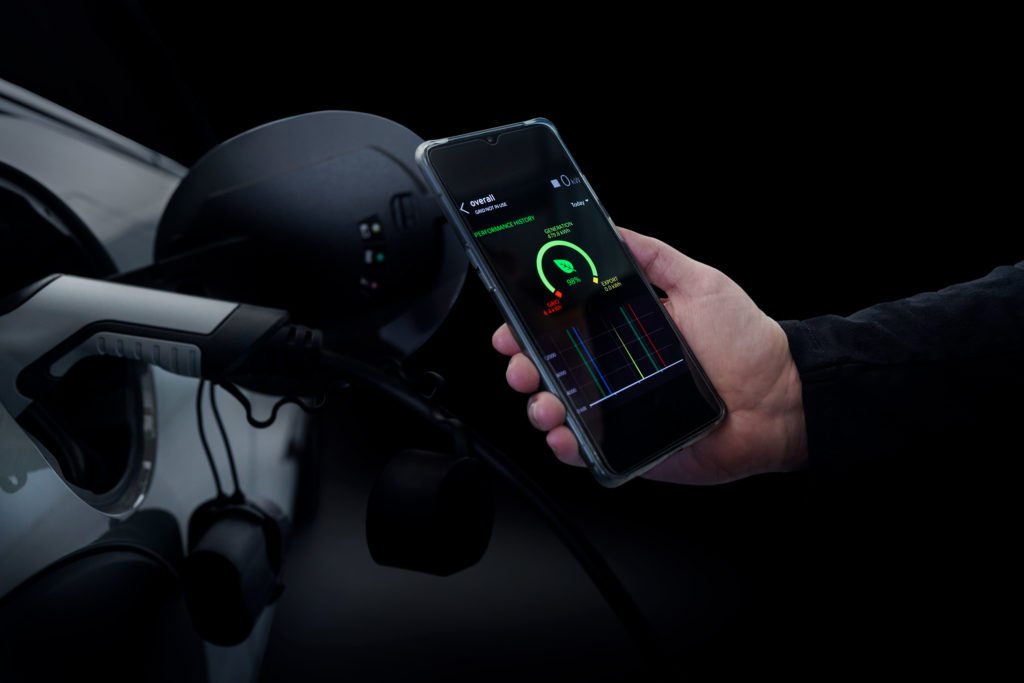As a business keeping an eye on the bottom line while simultaneously protecting the environment is not easy. Electric vehicles (EVs) are becoming increasingly popular and slowly entering mainstream. A couple of key points are benefits to your business and cost. What’s the ‘why’?
Why transition your fleet to electric?
Electricity costs are significantly lower than those of gasoline. Let’s take a look at an example from Money Guide Ireland:
– A new Ford Focus petrol car driven 16,000km would cost an estimated €1970 in fuel over 12 months. (Based on a price of €1.71 per litre.)
– A Nissan Leaf 40Kwh all-electric car driven 16,000km would use approximately 3000 kWh of electricity that cost €330 in electricity. (Based on night rates of 11c per Kwh).
So – compared to petrol costs – this is a saving of €1640 per year.
The Accelerated Capital Allowance (ACA) is another cost-saving benefit of purchasing an electric vehicle. The ACA allows businesses that purchase or lease a new car, truck, or van to deduct a portion of its cost from their taxes each year. Depending on your province or territory, you can claim up to up to €24,000 in year 1 of purchase as opposed to the normal 8 years on diesel/petrol cars.
There are also benefits beyond tax incentives. While electric vehicles may be more expensive than similar vehicles with combustion engines, they can improve your company’s image and save you money in fuel costs over time. Purchasing electric vehicles signals a commitment to reduce emissions and help our environment, which makes many buyers feel good about doing business with your company.
Electric vehicle cost
Obviously, one of your biggest concerns as a fleet manager is price. EVs aren’t quite as cheap as ICE (petrol/diesel) vehicles yet, but they are getting cheaper every year. Like most other things, it really depends on how quickly battery technology improves. Judging by current trends, we can probably expect a major breakthrough within five years. Many experts predict that batteries with over 500 miles of range will become mainstream within 10 years. While some projections see these types of batteries becoming available even sooner.
TCO (total cost of ownership) is the key for your business. Taking the purchase price of an EV (higher than an ICE alternative) and the cost of running it over for example 5 years. From this point of view, the EV starts to make sense thus allowing you as a business to start hitting your internal carbon targets and ultimately drive towards a net-zero carbon future.
Contact us and start your transition today.
EV chargers
If you’re looking to transition your fleet to electric vehicles, one of your main challenges will be figuring out how you’ll charge those EVs while they’re in use. Simply plugging them into a standard outlet may work, but it won’t charge them quickly enough for most applications. Even an overnight charge takes too long if you need that vehicle immediately, or have a lot of employees who rely on driving from point A to point B as part of their job duties. You can install an EV charger at the office so your employees are able to plug in while they work, which will take care of most of their charging needs. There are several different types of chargers that can charge electric vehicles differently; some take hours while others only take minutes. Keep these considerations in mind before making a fleet transition for your company.

Maintenance
EVs do require more maintenance than conventional gas-powered cars—especially if you’re using them for a commercial fleet. Depending on how much use they receive each day and over what distances (think: range anxiety), EVs might require additional service compared to a traditional car. In order to mitigate any problems before they occur, fleet managers should create comprehensive manuals detailing exactly how EVs should be used, maintained and charged. Having instructions set out in advance will save money later on down the road when things start breaking down unexpectedly, allowing your team members to focus on keeping clients happy instead of scrambling around fixing broken chargers or bringing back malfunctioning cars for repair before heading out again.







